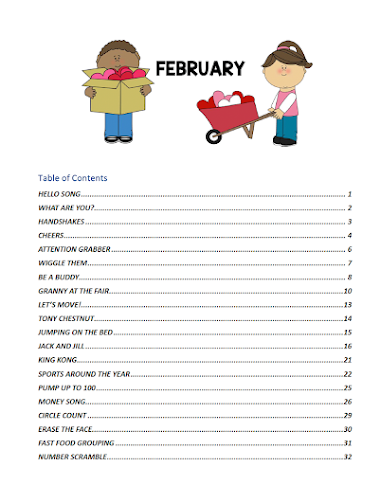If you’re stressed about getting your room decorated for the first day of school, I've got a great idea for you!!!! Wrap yellow caution tape around your door and post a sign that says “Under Construction.” Explain to the parents that you are trying to develop a classroom community and you want your students to decorate their own learning environment. Invite parents to come back at the end of the week to see what their children have created!
Clare Ashford has a great idea to take “under construction” one step further.
“Before Meet the Teacher night (before school starts), I wrap all my bookcases, computers, etc. in butcher paper and then put an ‘under construction’ sign on them. It serves 2 purposes. 1- that way kids don't get into things while I'm busy talking to people! and 2- we ‘unwrap’ the items together as a class when we're ready to use whatever it is. It is very helpful and makes for an organized start to the year!”
Here are some crafts your students can make to decorate the classroom.
Welcome to the Neighborhood
Make a house from construction paper for each child. Fold the paper in half vertically. Open. Fold in the top corners to the middle. Fold up the bottom. Let children write their name on the front of the house. They can open the house and draw their family. You could also ask child to bring in a photograph of their family. Add some trees and a school and you have a great bulletin board.
Use group art to create a visual representation of the “community” in your classroom. Give each child a 9” square and have them decorate it with pictures of themselves, drawings of their families or favorite things, collage materials, etc. Punch holes in the corner of each square and tie together with yarn to make a quilt to display in the classroom or hallway.

Friendship Chain
Give each child a strip of construction paper to decorate with their name, symbols of favorite things, or designs. Children sit in a circle and one at a time give the teacher their strip to staple and make a chain. Remind the children that your classroom is just like that chain. Everyone must work together to keep it connected and strong. Drape the chain over the doorway.
Banners, Pennants, and Name Plates
Use construction to let children create banners or pennants that reflect them. They might include hobbies, favorite foods, pets, family members, goals, etc.

Fit Like a Puzzle
Take a large sheet of poster board and cut it into puzzle shapes. (You will need one puzzle piece for each child in the room. Mark the back of the piece with an “X” so they will know which side to decorate.) After the children have decorated their piece, challenge them to put their pieces together to make a puzzle. Glue pieces to another sheet of poster board to create a picture puzzle for your classroom.
Isn't this a great sign for your classroom door?
Mirror, Mirror!
You know how much kids love to look at themselves in a mirror. Each day put a positive word or note on your classroom mirror to remind the children how special they are!

Lights, Camera, Action!
I loved this idea from KIRPC Head Start in Indiana. The teacher said she bought sheets, tied the ends with ribbons, and then hung them on hooks around the smart board. Taaa daaa!
P.S. LOOK AT THIS COOL IDEA FOR DISPLAYING CHILDREN'S ARTWORK OR WRITING USING A PANTS HANGER.



























